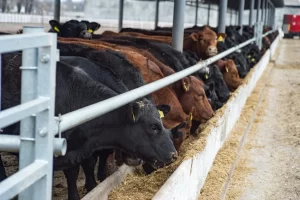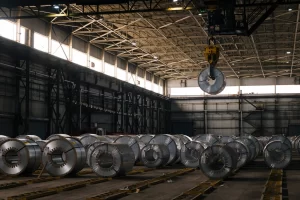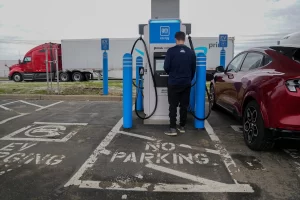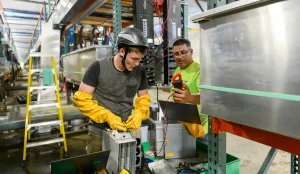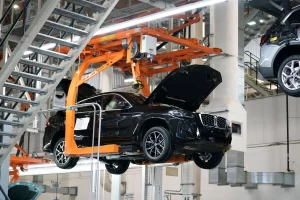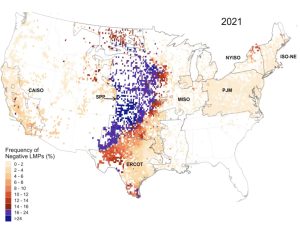ICC 2024 Revised Building Code Makes Electricity Minimums Optional
The International Code Council, which sets model construction standards for new homes, was expected to include building electrification measures in its 2024 energy code on March 20. But following appeals lodged by industry groups, the ICC board moved the measures to the code’s appendices, effectively making them optional, as first reported by the Huffington Post.
If new homes aren’t wired for increasing power needs from electric appliances and car chargers, it will bump the effort and cost of making such upgrades onto homeowners — a deterrent to going electric.




